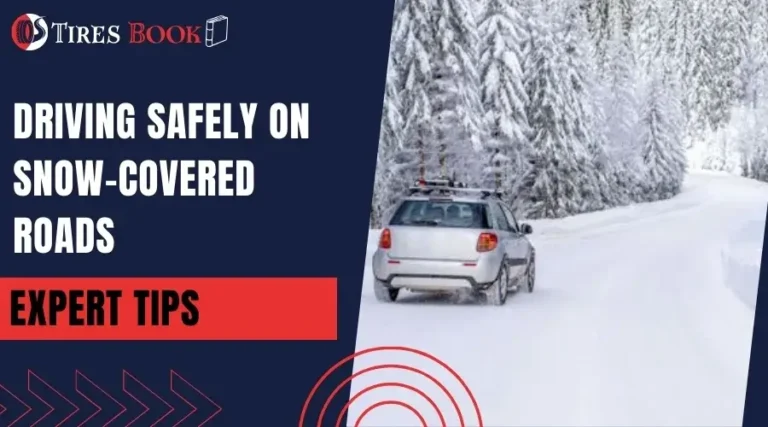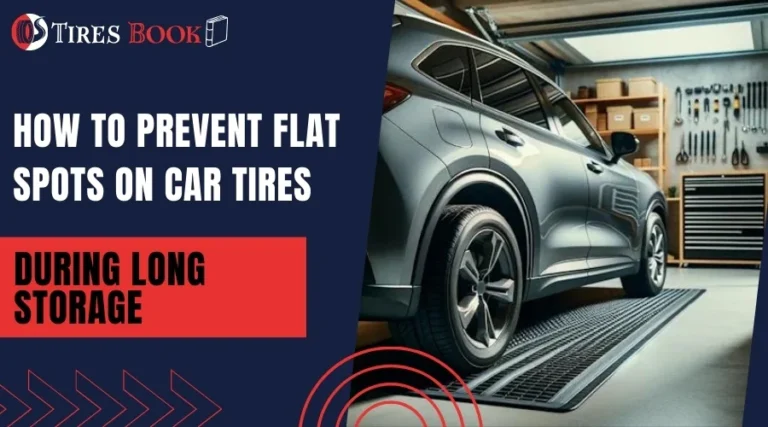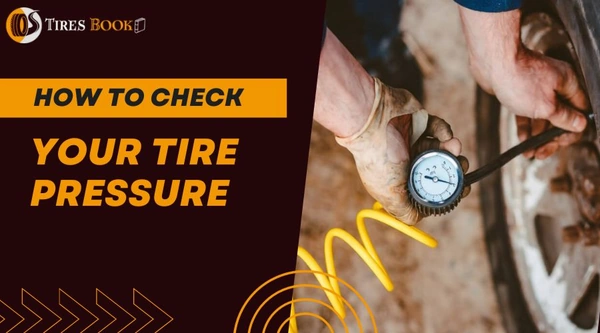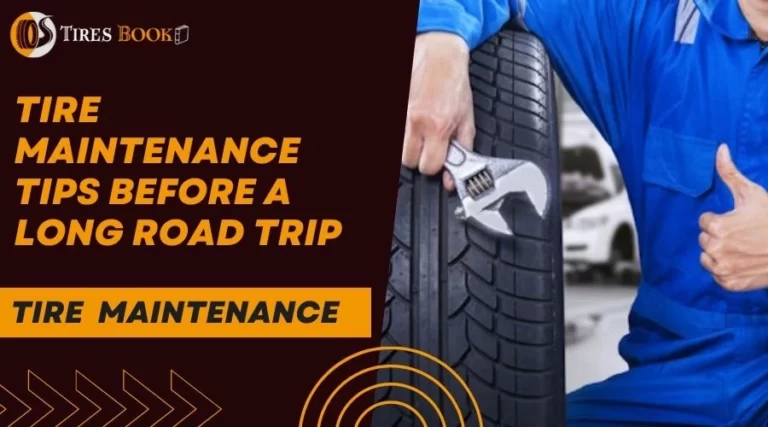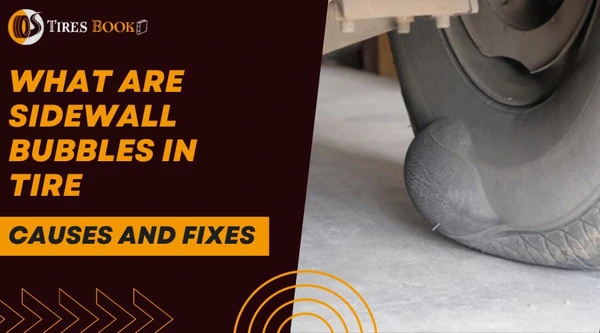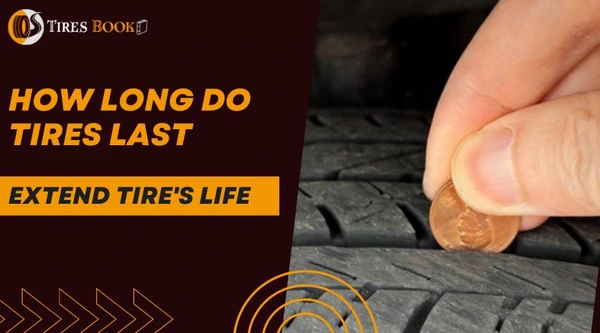Tire wear patterns can reveal a lot about the health of your tire and the potential issues it might be facing. Inside tire wear is one of these concerning wear patterns. It can compromise driver safety and lead to a range of problems. Inside tire wear refers to the uneven wearing of the inner edge of a tire.
I am Mark Kamal, an automotive engineer. As a Skoda Octavia owner, I know ignoring inside tire wear impacts the fuel economy and steering capability. Additionally, it poses a significant safety risk. It also results in reduced traction on wet roads, ice, and snow, and even tire obsolescence.
The lack of adequate tread and poor traction can result in heat build-up, reduced grip, and a tire blowout. So it is crucial to pay attention to your tire’s health regularly.
Pro Tip: If you are using tires that are not built for off-road rides and you are using them for off-road adventures are more prone to uneven tire wear. If you drive frequently off-road, it is recommended to check your tires after every long off-road ride. If you observe any unusual wear, get immediately to a tire technician for inspection.
Table of Contents
What Factors Can Lead to Excessive Wear on the Inside of Tire?
The main causes of inside tire wear are tire incorrect camber angles and incorrect toe settings. The worn-out suspension components can cause wheel misalignment which may ultimately cause inside tire wear.
Incorrect Toe Settings
Toe refers to the angle at which the wheels of a vehicle are pointed relative to one another when viewed from above. In other words, it is the difference in the distance between the front and rear of the tires on the same axle. Proper toe settings are crucial for maintaining even tire wear, vehicle stability, and steering response.
When the toe settings are incorrect, the tires will either be pointed inward (positive toe-in) or outward (negative toe-out) at an improper angle. This causes the tires to scrub against the road surface, leading to excessive wear on the inside or outside edges of the tires. Excessive toe-in can cause inside tire wear.
Excessive Negative Camber
Camber is the angle at which a wheel tilts relative to the vertical plane when viewed from the front or rear of the vehicle. A wheel with negative camber tilts inward at the top, while one with positive camber tilts outward.
Some negative camber is necessary for optimal handling and cornering on crowned roads. However, excessive negative camber can cause uneven tire wear.
When a vehicle has excessive negative camber, the inside edges of the tires make more contact with the road surface. This leads to rapid, uneven wear on the inside of the tires. Consequently, it negatively affects their overall lifespan and performance.
You can use a level to check the negative or positive camber. Sometimes you may not be able to spot negative camber with your eyes.
Damaged Suspension Components
The suspension system plays a crucial role in maintaining a vehicle’s wheel alignment. It provides stability and comfort while driving.
Suspension components, such as control arms, ball joints, bushings, and shock absorbers, work together to absorb road imperfections. They also help maintain the correct positioning of the wheels relative to the vehicle’s frame.
Damage or wear to one or more suspension components can cause negative effects on tire alignment. This misalignment can in turn lead to uneven tire wear including inside tire wear.
Some common causes of suspension component damage include normal wear and tear of suspension components over time, hitting a pothole, curb, or other obstacles. Corrosion can also weaken suspension components, eventually causing them to fail.
Overloading And Rapid Acceleration
Vehicle overloading puts excessive load on suspension components and wheel axles, leading to potential damage. Although not the main cause of inner wear, this increased strain affects tires. It results in uneven tire wear, including inner tire wear.
A study on tire-wearing behavior concluded that aggressive braking and accelerating are one of the prime reasons for tire wear.
Note: Damaged suspension components may not necessarily cause inner tire wear. It can also cause other wear issues such as outer edge wear and cupping as well.
How To Prevent Further Inner Wear of Your Tires
You cannot fix or reverse the inner wear that has already occurred on your tires. However, you can take steps to prevent further damage and prolong the life of your tires. Here are some essential tips to help you minimize additional inner tire wear:
Regular Tire Inspection
One of the simplest ways to prevent further inner tire wear is to perform regular tire inspections. Check your tires after every long off-road ride for any signs of uneven wear, punctures, or damage.
Inspecting your tires regularly allows you to identify potential issues early and address them before they lead to significant damage or unsafe driving conditions.
Proper Wheel Alignment
Wheel alignment is the process of inspecting and adjusting a vehicle’s suspension components, correcting toe, camber, and caster angles, and adjusting tire pressure to the recommended value.
So, the three main causes of inner tire wear that we discussed above can be collectively addressed in wheel alignment. It’s generally recommended to align your wheels at least once every two years.
Pro Tip: If you encounter an accident or hit a pothole, immediately get a tire inspection from a technician.
What Is the Estimated Cost for Addressing the Inner Tire Wear Issue
Addressing inner tire wear issues can cost anywhere from $50 to $300 or more. The exact cost depends on the required services, such as wheel alignment, tire replacement, or suspension repairs. Keep in mind that these costs can vary based on your location and the specific vehicle make and model.
Pro Tip: Rotating the tires every 3,000-5,000 miles, regularly balancing the tires, and properly inflating the tires to the recommended pressure can save you from uneven and unexpected tire wears. It is a good practice to get your vehicle to an authorized mechanic if you observe an unusual wear pattern on your tires. You should also get an annual tire inspection from an authorized tire technician. He may suggest if there is a need for tire balancing or wheel alignment.
Some Other Types of Tires Wear
Here is a short description of some other types of tire wear that you should know about:
Edge Wear
Edge wear occurs when the outer edges of the tire experience more wear than the center. Underinflation is the primary cause of edge wear. It causes the tire to bulge outward from the corners, increasing contact and friction on the edges of the tire tread.
Cupping
Cupping, also known as scalloping or diagonal wear, is a wear pattern that appears as a series of dips or cups in the tire tread. Damaged suspension components typically cause this type of wear, as they can lead to improper wheel alignment.
Center Wear
Center wear, which features excessive circumferential wear in the middle of the tire tread, primarily results from overinflation. Overinflation causes the center of the tire to bear more weight and experience increased wear.
Feathering
Feathering occurs when one side of a tire rib or tread block wears down at an angle, resulting in sharp edges on one side and rounded edges on the other side of the tire. This wear pattern is typically caused by misaligned wheels, specifically incorrect toe-in or toe-out settings.
Patchy Wear
Patchy wear is a wear pattern where the tire exhibits irregular wear spots or patches across the tread. The primary cause of patchy wear is a tire that is out of balance, which can lead to uneven weight distribution and contact between the tire and the road.
Sidewall Bubble or Bulge
A bubble in a tire refers to a raised, bulging area on the tire’s sidewall. Bubbles are usually the result of hitting a curb, pothole, or sharp object. This impact causes the separation of the tire’s inner layers and traps air between them. This creates a visible bulge or bubbles on the tire sidewall.
You can also consult the book Wear of Tires if you want to get an in-depth knowledge of tire wear.

